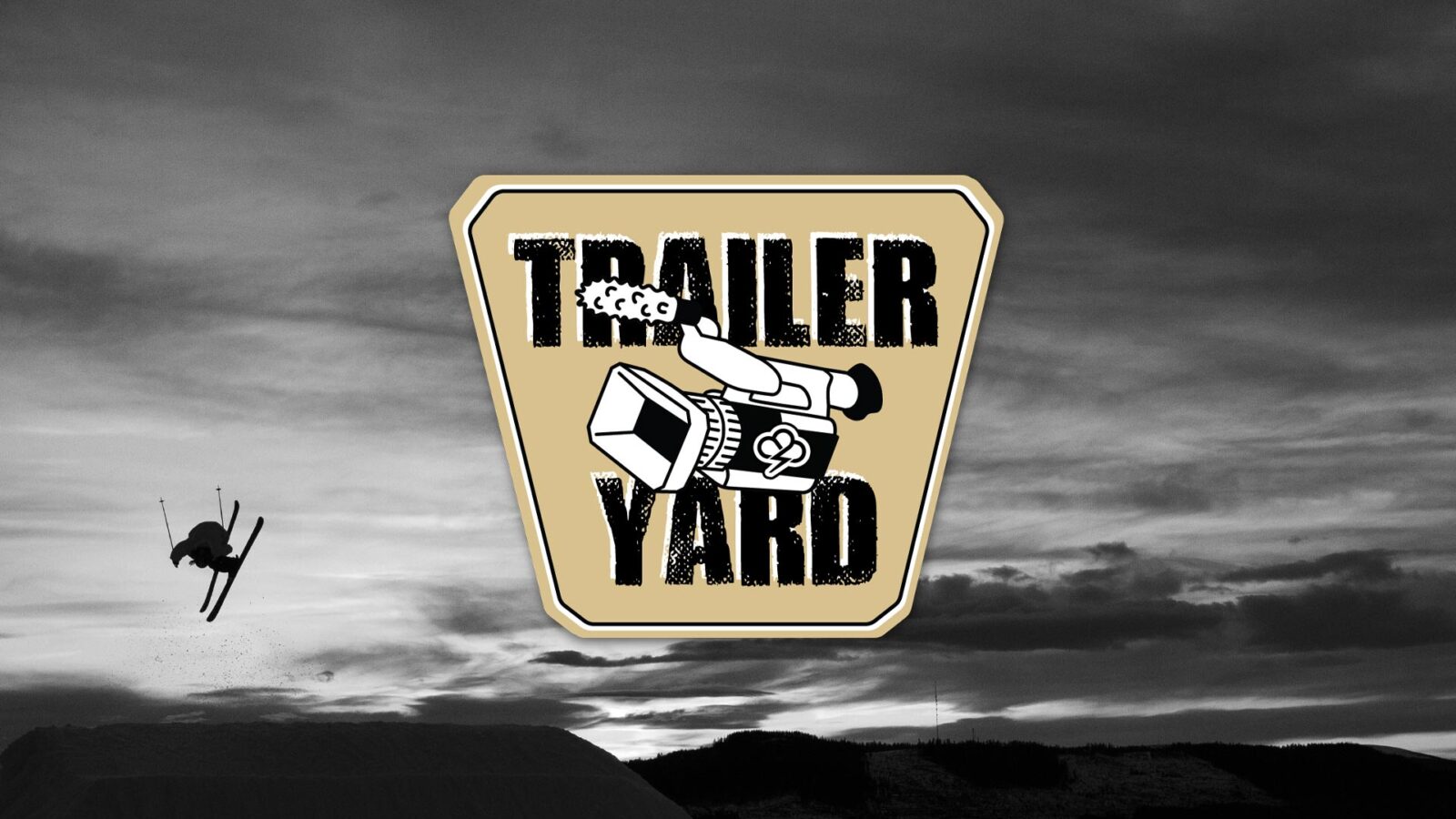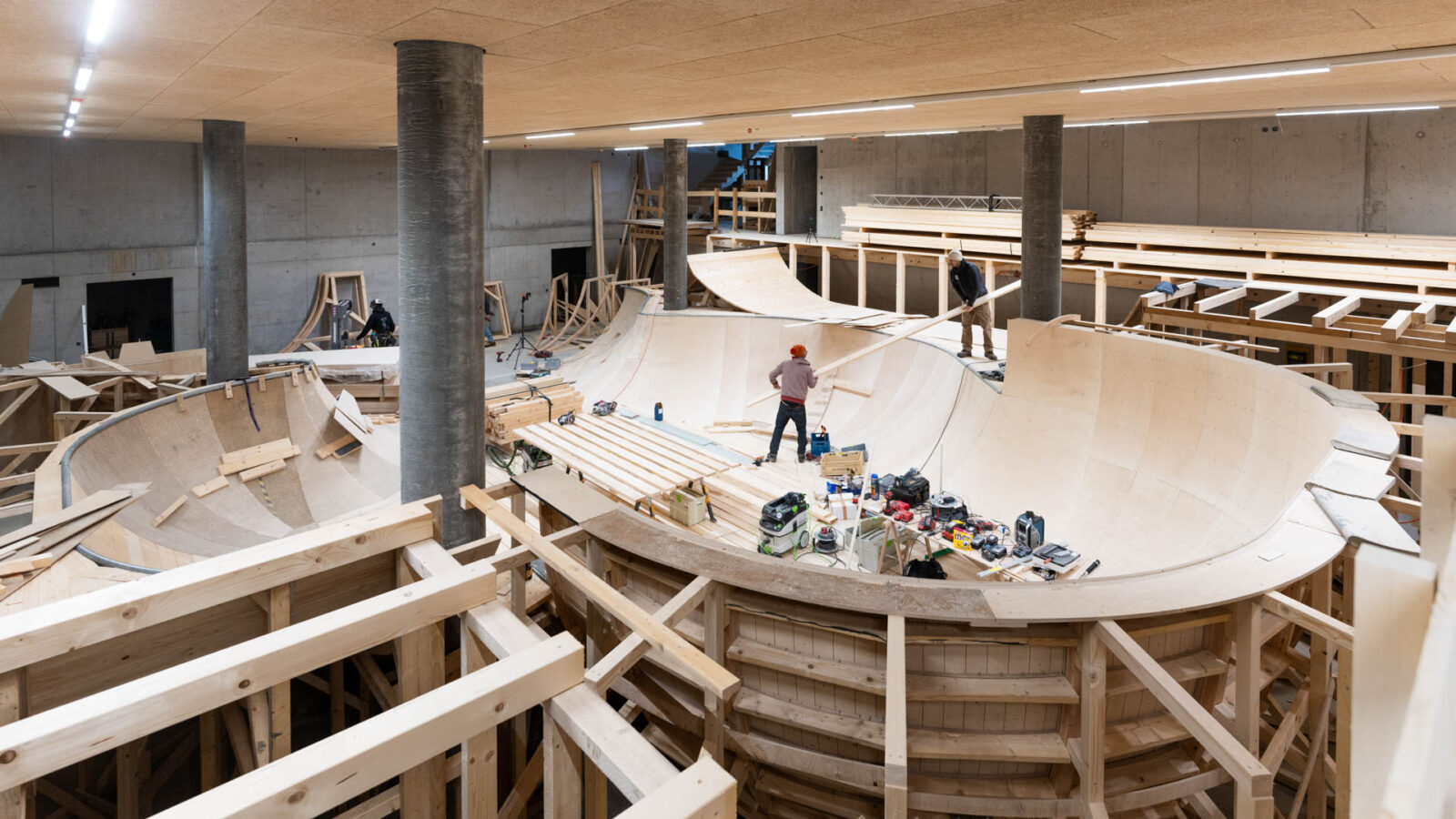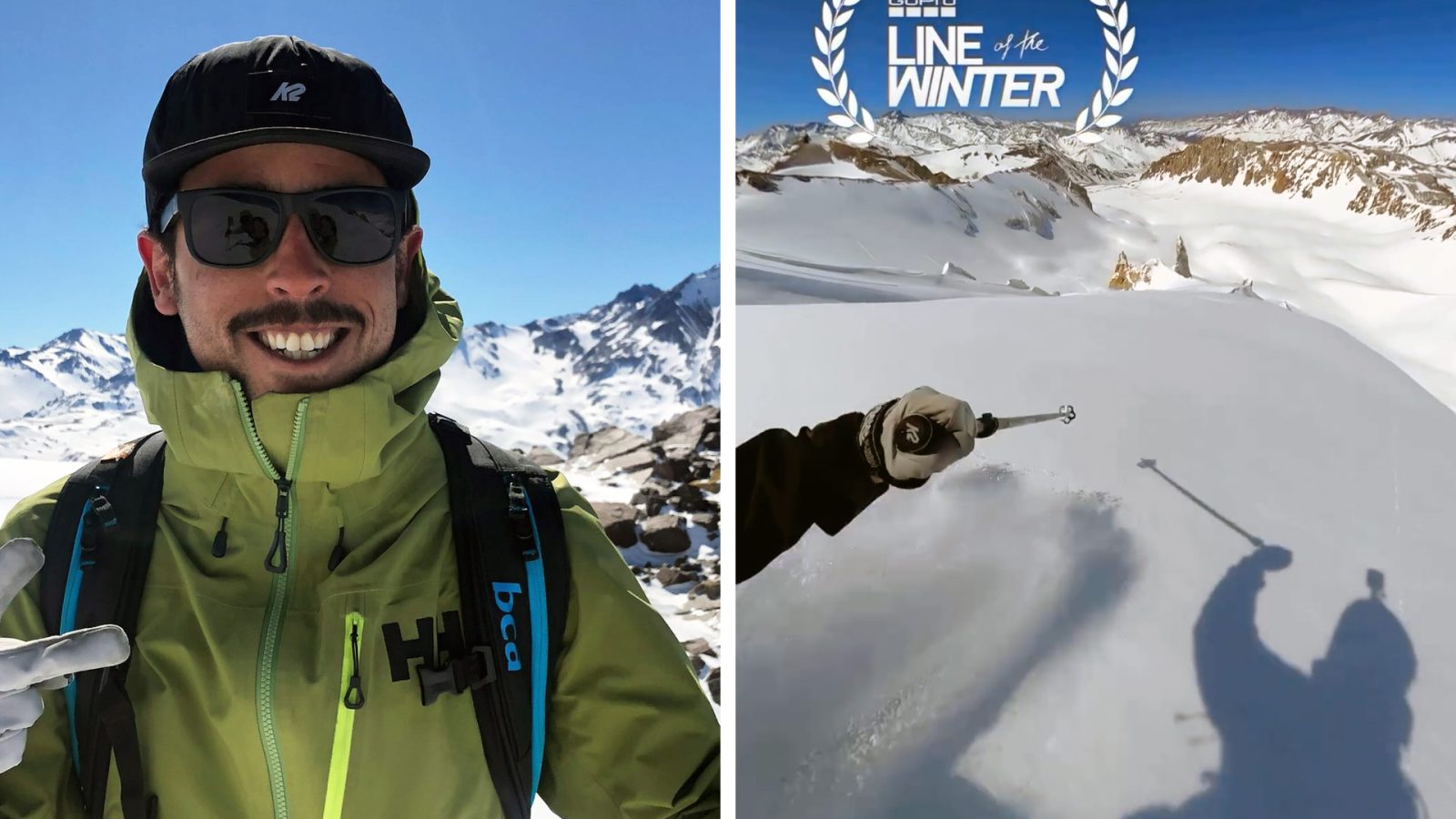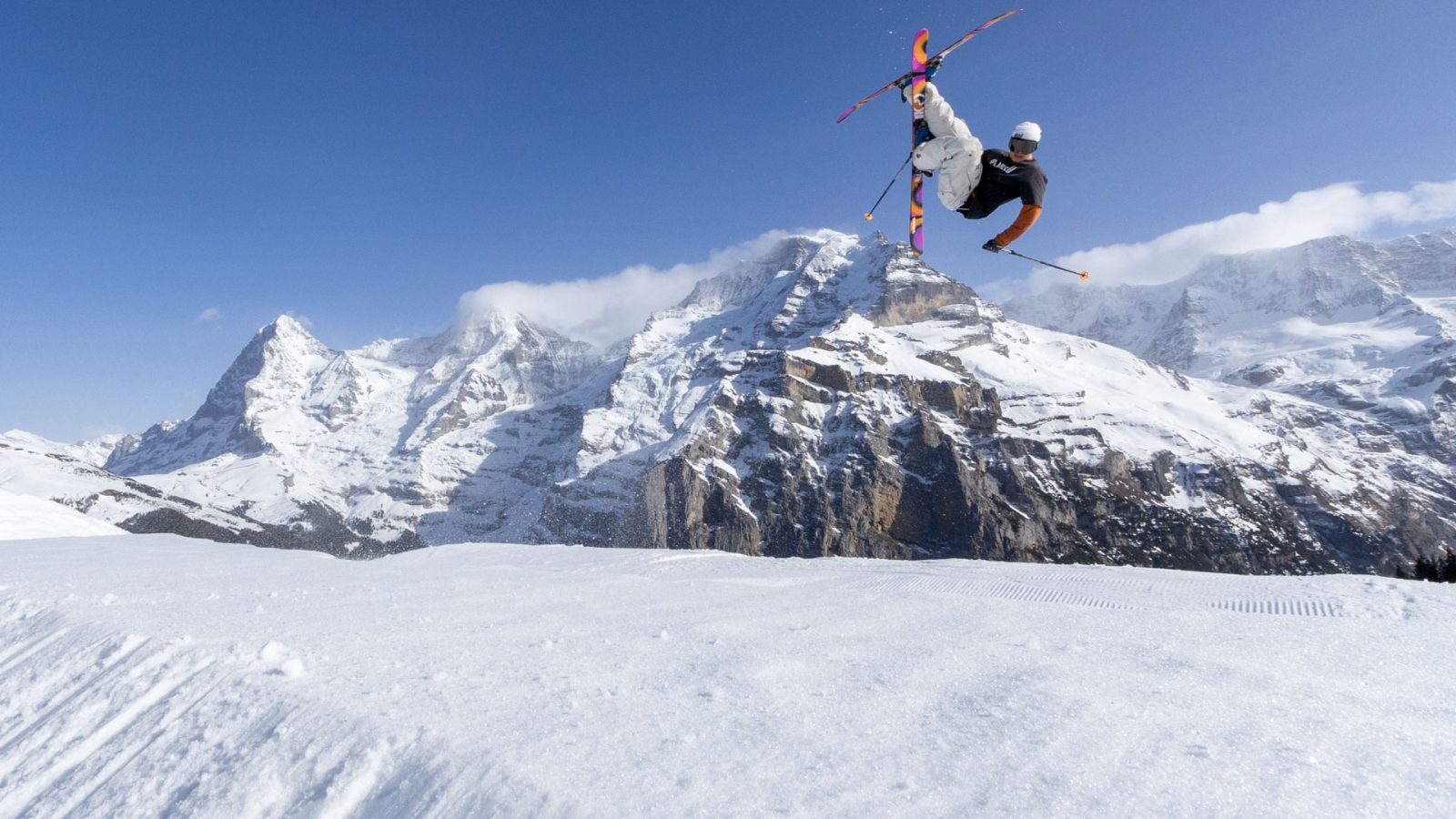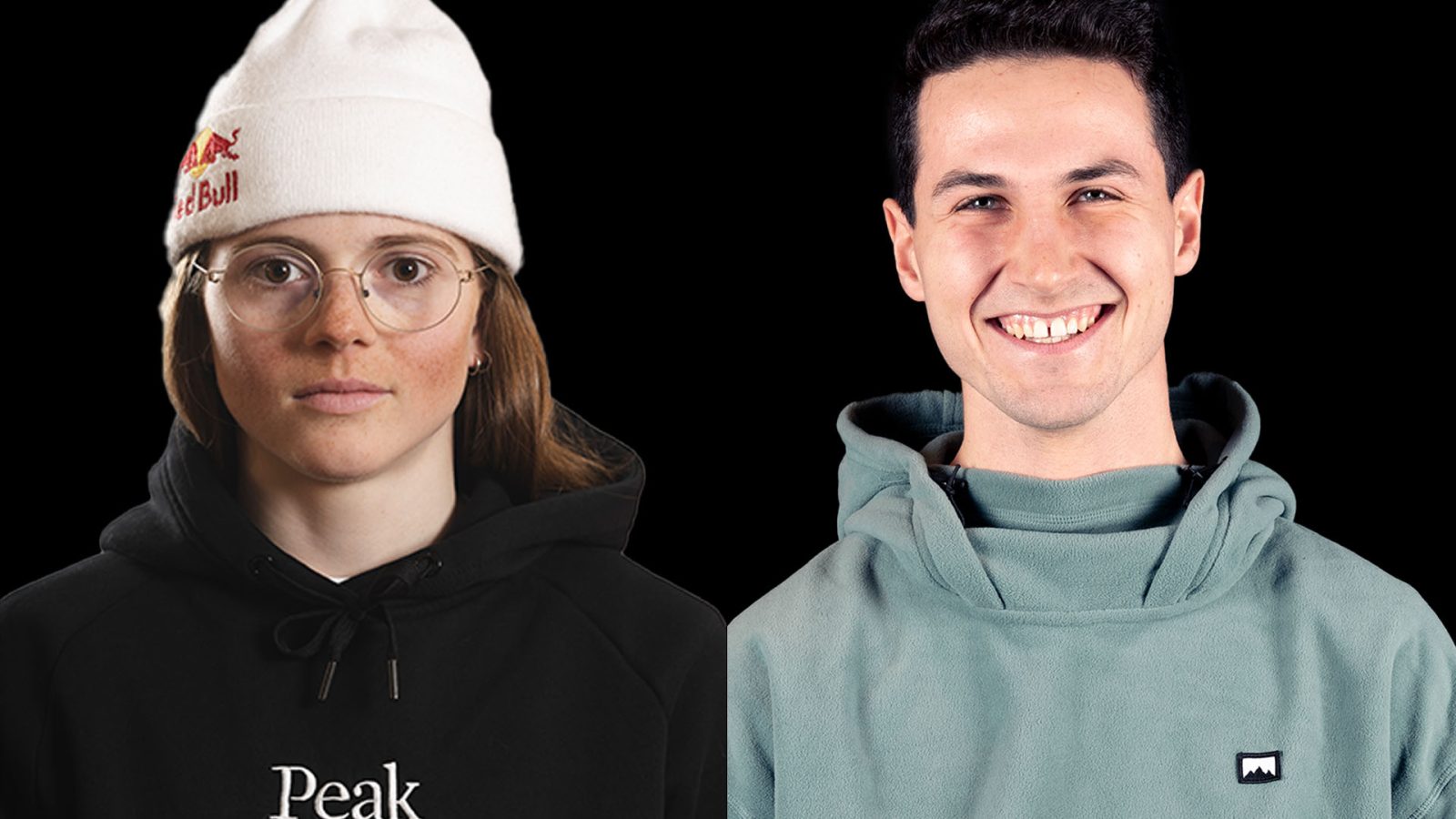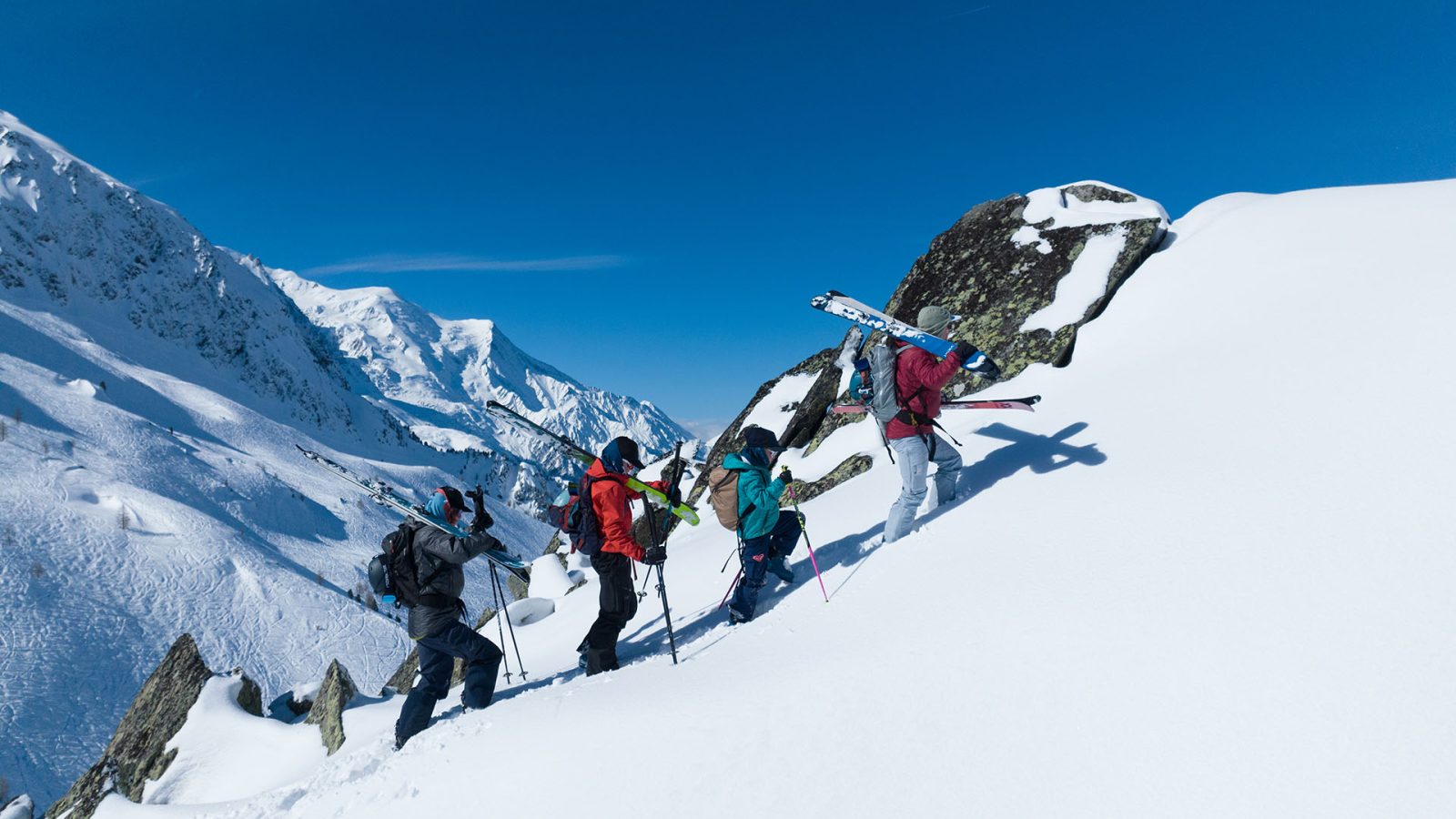Stories
Free Touring: The New Freedom (Downdays – February Issue, 2016)
Words & photos: Klaus Polzer
We reach a saddle and purvey the untracked bowl below us. We still have a long way to go, past the Pfeis Hut and up to the Stempeljoch, before we can begin our final descent to the Inn Valley. Beyond the tracks that we have already laid behind us in the wide expanse of the Karwendel, the expected bad weather front is approaching far more rapidly that we had anticipated. The morning has been a bluebird affair, but we have to pick up the pace.
“We” are Basti Huber and Simon Abt, two experienced representatives of the Innsbruck freeride scene, and my humble self as the diligent photographer. It’s getting late as we have already made a few ascents today, and as usual it’s taken longer than planned, because good shots take time and photographers always want to have a crack at new angles before moving on.
It’s mid-March and the 2015 winter, which never really got into full swing, is nearing its end. Initially the snow delayed its arrival, although January finally delivered a few powder stashes; but the snowpack accumulation was bad, and freeriders had to be cautious. The typical high-pressure system of mid-winter took charge for a while and finally it started getting warm again, far too early for my tastes. Where to find good snow was the question at hand.
The usual spots have long been tracked out. The only place with good conditions is the northern regions of the Alps, but the lower altitudes haven’t been blessed with powder for ages, and the higher peaks of the northern Limestone Alps are difficult to access, usually involving arduous access routes through lonesome valleys and thick forests.
Then the idea popped into our heads: why not explore the backside of the Nordkette, the well-known ski resort above Innsbruck? The Nordkette gondola brings us up to 2300 m, saving us the first difficult ascent as well as plenty of time. The only problem is that the backside of the Nordkette ends in an extremely remote valley. Pushing out through the kilometre-long flats in the middle of nowhere isn’t much better than walking into the zone in the first place.
The solution to this problem is actually quite obvious: one of the most popular routes for the Innsbruck touring society. Orientated along a summer hiking route named the Goethe Path, the route crosses different aspects and mountain ridges to reach the aforementioned Pfeis Hut. Naturally, we don’t want to stick to the original route, as it follows the simplest horizontal path through the impressive Karwendel Combe, avoiding the impressive vertical slopes on either side. It’s possible to reach the highest points of every ridge to find awesome descents through steep couloirs, and that has become our goal.
This isn’t the most original idea of all time, and definitely not revolutionary, but until now equipment, our fitness or a combination of both has limited our options. But maybe those are actually just lame excuses. Reflecting on an age gone by, I remember tackling the Ronde Tour on the Mont-Blanc Massiv twenty years ago with a Swedish friend of mine. Standing under the Gervasutti Couloir, a steep west-facing chute that only gets late afternoon sun, and was thus a sheet of ice, we watched two Frenchies heartily swinging their way down the frozen snow—on touring skis with Dynafit Superlite bindings! These delicate-looking bindings were relatively new to the market back then, far too flimsy-looking to trust for us “serious” skiers. As we made our own descent down the frozen slope, we were both very happy to have solid alpine bindings under our feet.
Safety, however, wasn’t the only reason that I refused to try out classic touring equipment back then. During a different mission from this bygone era, our goal was the Capucin Glacier, a somewhat hidden nook in the bowl of the Vallée Blanche above Chamonix. This glacial bowl hardly gets any sun, keeping hold of its powder stashes far longer than anywhere else. Starting from the regular descent through the Vallée Blanche, it’s about a thousand vertical-meter ascent to reach the Col, from which the way down the Capucin Glacier begins.
The climb isn’t difficult, but far enough that everyone else in our group was travelling on touring skis. I, on the other hand, wanted to take my “wide”—for the standards of time—freeride skis with me, and packed Alpine Tracker binding inserts. My mistake, however, was that I didn’t have similarly wide skins. The climb went over a west-facing slope, which was covered in solid corn snow in the morning. I had to attach the skins as far to one side of the skis as possible to be able to tour up, and even then it was an arduous affair without ski crampons. At the first kick turn, I had to re-attach the skins on the other side of the ski!
By the third kick turn I’d had enough, and decided to just hike up the damn slope… then on my second step, I bloody well broke through the crust! When I finally arrived at the top, completely pooped, my friends—somewhat annoyed from having to wait so long—let loose a few snarky remarks. But once we finally got to shred the knee-deep powder of the Capucin glacier, I was the one with the last laugh! Nevertheless, these excursions didn’t really occur very often after that. The equipment simply couldn’t satisfy my needs.
**
These days, however, the situation for ambitious freeriders and ski tourers alike is far more promising. Even well-established freeride bindings like the Marker Duke and the Atomic Tracker were a huge improvement for ascents compared with various insert systems. Now, new solid pin bindings like the Dynafit Beast and the Marker Kingpin are revolutionary in their own right, particularly when combined with extra-light freeride skis that implement carbon. For the first time we have equipment at our fingertips that doesn’t compromise safety or performance while shredding, while catering to ascents at the highest level of usability.
Equipped with the latest and greatest, we kick off our Karwendel adventure. From the top gondola station of the Nordkette, we hike up the last few meters to the Hafelekar peak and take a turn away from the usual touring route. To the left of a secondary summit we’ve located an enticing couloir, one that can only be discovered from the valley below, or with the help of a little Internet research. Relatively wide at the top, the chute gets progressively narrower and steeper before opening like an hourglass into a beautiful, wide-open slope at the bottom.
The snow isn’t exactly good—the wind has left its unfortunate mark—and considering the exposure we find ourselves in, any doubts we have regarding the reliability of our equipment need to be put to rest immediately to save our nerves the extra pressure. After the narrowest bit, we find out where the wind had blown all the snow to, and are able to let loose big, arching big turns in untracked perfection. Freeriding like it’s meant to be! Lost in the moment, or perhaps simply following the directions of the photographer, we ski far down into the bowl, and have to ascend countless vertical meters before we rejoin the traditional ski-touring track that crosses the bowl higher up. We follow the established track a short while before turning off to the right to reach another peak along the long ridge of the Nordkette. We suspect there may be another chute ripe for the pickings behind this peak, with hopefully more of that fresh snow to feast on.
The effect of new ski touring equipment on the freeride revolution on can be seen all around, perhaps most obviously in videos of skiers like Eric Hjorleifson or Samuel Anthamatten, who prefer to access their breathtaking lines under their own power. As heli skiing is very restricted in the Alps, this is the only way to access phenomenal terrain that is all too rarely skied. Perhaps more impactful is the revival of steep skiing which has seen a marked resurgence, particularly around the Mont Blanc area. A little Internet search yields plenty of videos and blog entries of very talented skiers that usually fly under the radar of most freeski media portals. The focal point for these protagonists lies not with the famous lines surrounding the Aiguille du Midi—which one can access without breaking too much of a sweat—but rather with routes around the huge flanks of the Mont Blanc massiv. These projects are marked not only by physically demanding ascents, but also usually involve strong alpinism skills and overnight stays in huts or Bivouacs. In recent years, classic lines have been skied that haven’t seen skis on their slopes for over twenty, thirty or even forty years. A few resourceful skiers have even made a number of stunning first descents that make you wonder why no one had thought of skiing the route before.
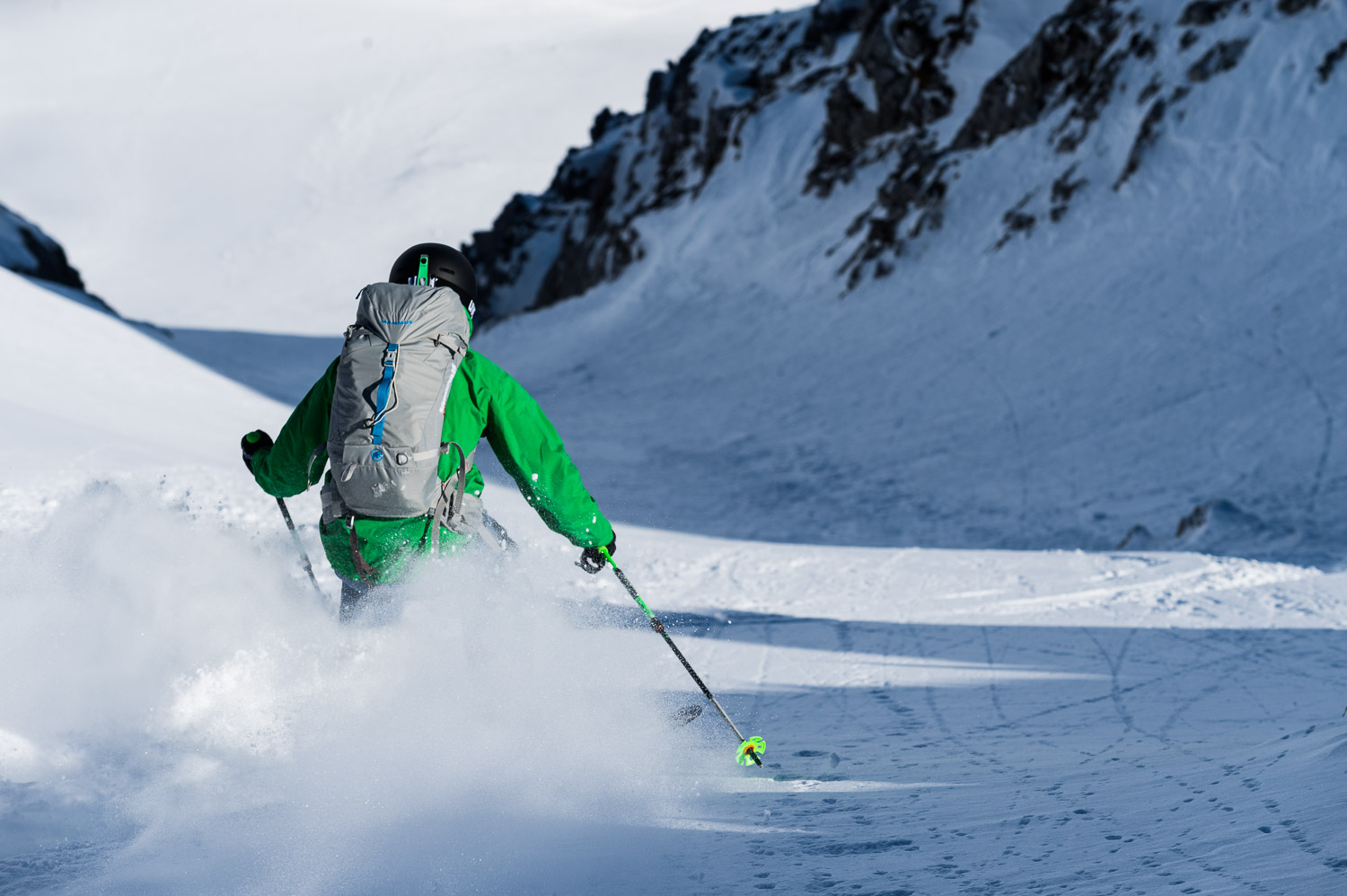
Our chute along the Gleirisch Zähnen is far less extreme than those antics of course, but probably more fun and definitely less nerve-racking. In the northeast-facing aspects, we again find the finest powder, far more that we could have dreamt for. We aren’t the only ones here, but are still able to claim first tracks in a narrow side couloir. Arriving at the bottom, we attach the skins yet again. Twenty years ago, stuck with Alpine Trackers and the rest, the next ascent would have been difficult to face, but with a Kingpin on the ultra light BMT 109, the next sequence is surprisingly easy, even with all the heavy photography equipment strapped to my back. With the impressive scenery of the Karwendel to please our eyes, the ascent is even kind of fun. The meditative rhythm of the hike leads my mind to wander. There are so many more possibilities for tours like this. The Lechtal Alps come to mind, the Stubaier… the zones to explore like this are literally endless.
I am certain that freeriding is changing because of the new pin binding development. With so many skiers exploring the sidecountry and “slackcountry” of ski areas, and winter seemingly delivering decent snow far less often, the possibility of exploring new powder resources with ease is an enticing option. Our zigzag tour through the Karwendel, with four stunning runs and only one lift ride at a time when all other ski areas have been tracked for weeks, is a testament to this potential. This approach makes it easy to avoid the masses and follow the snow where it falls; away from the usual freeride hot spots and ski area infrastructure. What must always be on one’s mind, however, is the fact that less-skied terrain demands more knowledge and understanding of avalanches as well as competent orientation skills. To some, however, learning and practicing these skills holds appeal in its own right.
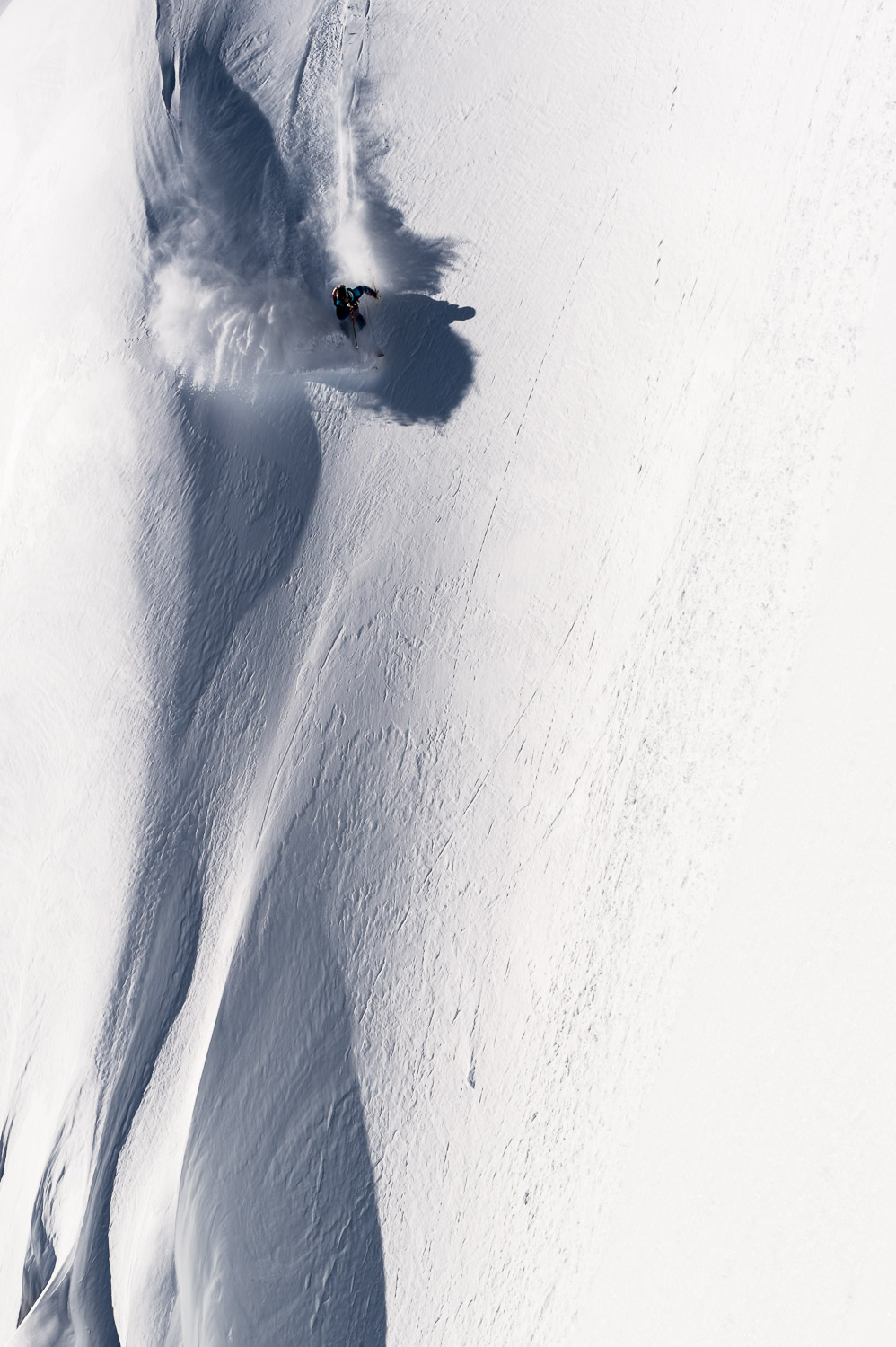
After another descent and a final climb on the other side, we stand at the Mandlscharte with a view on the Stempeljoch far ahead of us. With an expanding cloud front at our backs and ticking watches on our wrists, we decide to take a shortcut through the Arzlscharte to ski directly into the Inn Valley. Usually a descent down such a sun-affected south face would be too dangerous this late in the afternoon, but there is such little snow on the ground that we can navigate our way through old avalanche debris and mountain pines relatively safely. The only downfall is that the skiable snow ends far too soon, and we have to walk down the forestry road for an hour before we reach the valley floor. But with rubber soles and walk modes on our freeride touring boots, this isn’t much of an issue. Needless to say, more free touring excursions lie in the forecast; we haven’t even scratched the surface.
